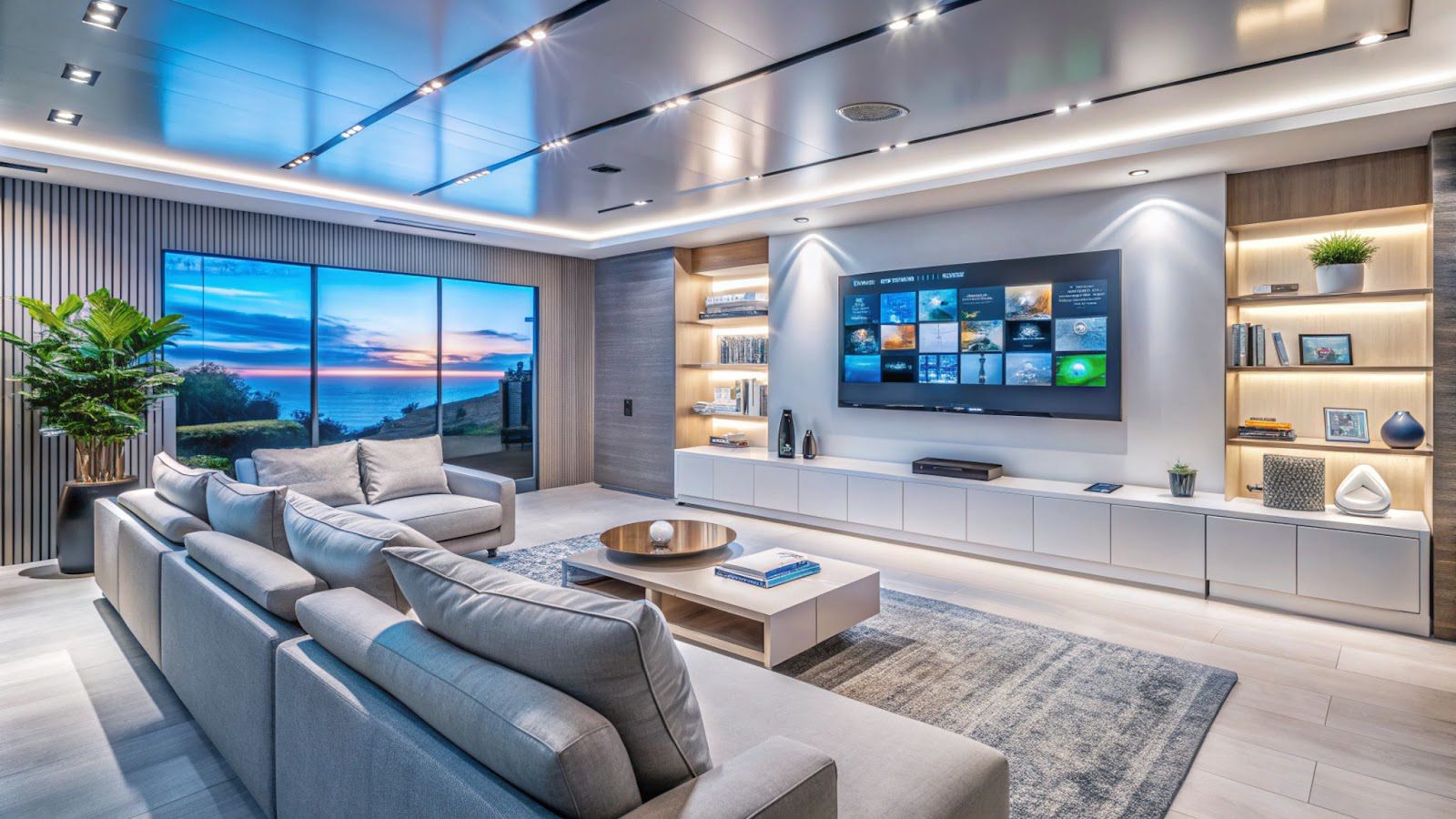
Step 1: Choose the Right Surround Sound System
Selecting the right surround sound system is the first step toward creating an immersive home theater experience. Surround sound systems come in various configurations, with the most common being 5.1 and 7.1 setups. The numbers in these configurations represent the number of speakers and subwoofers in the system. For example, a 5.1 system consists of five speakers (front left, front right, center, surround left, and surround right) and one subwoofer. A 7.1 system adds two rear speakers, further enhancing the depth of the audio.
If you want a more advanced system, options like 9.1 or 5.1.4 (which includes height speakers for Dolby Atmos support) provide an even more immersive experience. Consider your room size, budget, and audio preferences when choosing a system. A soundbar can also be a practical alternative, especially those with virtual surround sound technology that mimics multi-speaker setups.
Step 2: Plan Your Speaker Placement
Proper speaker placement is crucial to achieving high-quality surround sound. A typical 5.1 setup includes three front speakers (left, right, and center), two surround speakers positioned slightly behind the listener, and a subwoofer placed near the front for optimal bass distribution. If you’re setting up a 7.1 system, the additional rear speakers should be placed behind the listener at a 135-150-degree angle.
For those using Dolby Atmos or height speakers, they should be installed either in the ceiling or positioned to reflect sound off the ceiling for an overhead effect. Ensuring that speakers are at ear level when seated and facing the correct direction will maximize the surround sound experience.
Step 3: Connect Your AV Receiver
An AV (audio-video) receiver is the central hub of your surround sound system. It receives audio signals from your media sources (Blu-ray players, gaming consoles, streaming devices) and distributes them to your speakers. When connecting your AV receiver, follow these steps:
- Use HDMI cables for high-definition audio formats like Dolby Atmos and DTS:X.
- Ensure your TV supports HDMI ARC or eARC to simplify audio signal transmission.
- Connect each speaker to its respective speaker terminals, ensuring the correct polarity (red to red, black to black) to avoid phase cancellation.
- Use a subwoofer cable for low-frequency audio, ensuring deep bass effects are well-integrated.
Properly connecting your AV receiver is essential to achieving a seamless surround sound setup.
Step 4: Set Up and Configure Your Audio System
Once all components are connected, the next step is configuring your surround sound system. Most AV receivers come with an automatic calibration feature that uses a microphone to analyze and adjust speaker levels based on room acoustics. If available, use this feature to fine-tune your setup.
For manual configuration:
- Adjust speaker distances and levels to ensure balanced audio.
- Enable Dolby Digital or DTS decoding in your receiver settings.
- Configure your subwoofer settings, including crossover frequency, to match your speakers.
- Set up audio modes based on your media type (e.g., Movie Mode for films, Game Mode for gaming).
Step 5: Optimize Your Surround Sound Experience
Room acoustics play a significant role in sound quality. To optimize your surround sound setup:
- Use acoustic panels or rugs to reduce echo and sound reflection.
- Place furniture strategically to prevent sound blockage.
- Ensure the subwoofer is positioned correctly, avoiding corners that can cause excessive bass buildup.
- Experiment with speaker angles and heights to find the optimal listening position.
Common Troubleshooting Tips
If you encounter issues with your surround sound system, consider these troubleshooting tips:
- No sound from surround speakers? Check speaker connections and receiver settings to ensure they are enabled.
- Dialogue too low? Increase the center channel speaker level to enhance speech clarity.
- Bass sounds weak? Adjust the subwoofer placement or settings to improve low-frequency performance.
By following these steps, you can create an immersive surround sound experience that enhances your home entertainment setup.



